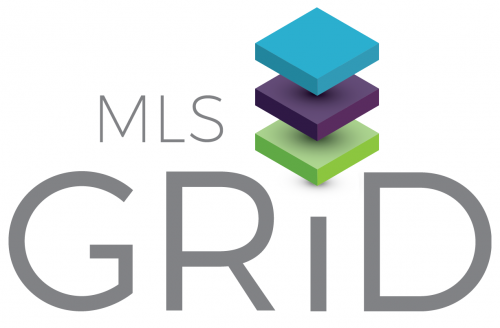
If budgeting isn’t your thing, you’ll be glad to discover that it’s quite simple. There’s a way to categorize your spending and save money easily. If you learn the rule, it will become so automatic that you won’t even think about it. If you’re saving money for a home, this practice will be essential. Break your budget down into three categories:
- Living expenses
- Financial goals
- Personal spending
Half of your budget should go towards living expenses. This number includes all of the essentials like rent or mortgage, utilities, groceries, commute costs, and insurances.
20 percent of your income should go towards other financial goals like savings, investments, or paying down debt. Credit card bills, student loans, and other bills would fall under this category. This category is also where you’d save for your down payment, closing costs, and other expenses. This percentage can be adjustable depending on how much debt you have or how much you need to save for retirement.
The remaining 30 percent of your income can go towards personal spending. This category includes everything that you use your money for but isn’t a necessity. This percentage is also flexible. If your lifestyle doesn’t require you to use all 30 percent each month, you can indeed save more money.
A Clear Plan
These categories simplify your budget. Even if you make some adjustments to the numbers, the outline truly makes budgeting easy even for the most scatterbrained among us. It allows you to see where your money goes clearly. It also works no matter what kind of living situation you have.
The great thing about this budgeting plan is that you have some future needs built into it. Many times, when we budget, we think of our immediate needs and our shorter term goals. Saving for any occasion can never happen too early. You are able to not only focus on your current goals and the future.
Steps
First, determine your monthly income. This number is how much money you take home after taxes. From here, you’ll be able to split your money into categories by percentages. If your income fluctuates frequently, you’ll need to take an average of your monthly income to determine your numbers.
Next, you should take a look at your spending habits. These include everything from your morning latte to your monthly rent payment. From here you can make adjustments. Perhaps you need to look for a less expensive apartment. Maybe you need to cut down your weekly pizza to a bi-monthly purchase. Whatever you see in your finances, a simple percentage rule gives you the tools you need to become a saver and be well on your way to the purchase of your first home.
